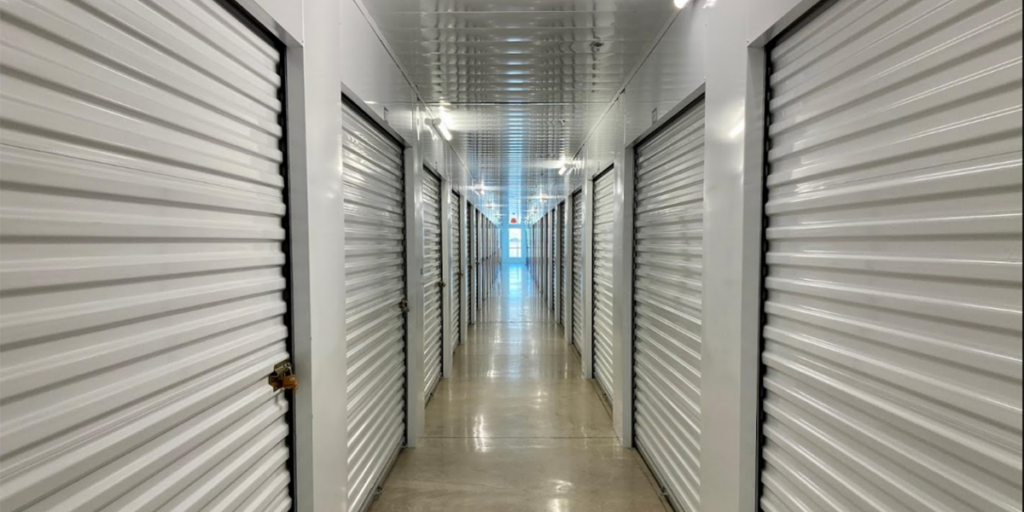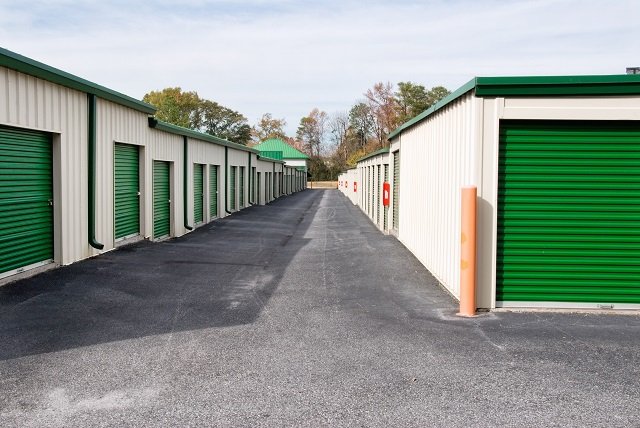As an avid RV enthusiast and a proud pet parent, you might be considering taking your furbaby on a road trip. Great idea!
RVing with pets can be an incredibly gratifying experience. You can explore new destinations while keeping your beloved animals close by. Whether you’re traveling with your loyal canine or your curious feline, the freedom and flexibility of RV life can make for some truly unforgettable adventures.
From safely storing your RV to preparing your RV for the challenges of the road, Trusted Self Storage has you covered. Many of their facilities provide secure, reliable, budget-friendly RV storage for your vehicle. Covered pull-through parking with 20 Amp is available at 5 Star Boat and RV Storage in Georgetown, TX. Store your RV with us between those pawsome road trips.

Preparing for a Pet-Friendly Adventure
Before hitting the road with your pets, it’s essential to ensure that your RV is properly equipped and ready to accommodate their needs.
Start by thoroughly cleaning and inspecting your RV. Pay special attention to exposed wires or sharp edges that could pose a risk to your pets. Consider installing pet-friendly features like non-slip flooring, protective barriers, and designated sleeping areas to keep your furry friends safe and comfy.
Next, stock up on all the necessary supplies, from food and water bowls to litter boxes and waste bags. Don’t forget the treats! Creating a designated pet zone within your RV can provide a sense of security for your little buddies.
Essential Supplies for You and Your Furbabies
When it comes to RVing with pets, it’s important to be prepared with the essentials. Here’s a comprehensive list of supplies to keep your pets content.
- Food and water bowls
- Their favorite pet food and treats
- Leashes, harnesses, and collars (with up-to-date identification tags)
- Pet first-aid kit
- Medications and veterinary records
- Toys and chew items
- Bedding, blankets, and a cozy pet bed
- Travel litter box and litter (for cats)
- Waste bags and a portable pet waste disposal system
- Grooming supplies (brush, nail clippers, etc.)
- Pet carrier or crate (for transport and emergencies)
- Portable water and food dishes
- Pet-safe cleaning products
- Flea and tick prevention
- Calming supplements or anxiety aids (if needed)
- Creating an Inviting Space for Your Pets
Creating an Inviting Space for Your Pets
Making your pets feel at home in the RV is crucial for their well-being and your peace of mind. Start by designating a cozy, pet-friendly area with their favorite bedding, toys, and familiar scents. Encourage your pets to explore their new surroundings gradually, allowing them to feel safe and secure.
Consider installing pet gates or barriers to create a dedicated pet zone. This gives your animals a private retreat when they need one. Provide ample opportunities for exercise and mental stimulation. Include interactive toys or puzzle feeders, to keep your pets engaged.
Keep Your Pets Entertained on the Road
Keeping your pets physically and mentally stimulated is essential for their overall well-being. Schedule regular exercise breaks, allowing your furry friends to stretch their legs and explore new environments. Take your dogs for walks and to pet-friendly parks and beaches. Provide your kitties with scratching posts, cat trees, and interactive toys.
Find pet-friendly RV parks with the following amenities that cater to your little friends’ needs.
- Fenced-in dog parks or off-leash areas
- Pet washing stations and grooming facilities
- Waste bag dispensers and disposal stations
- Hiking trails and outdoor play spaces
- On-site pet-sitting or pet-walking services
Handling the Challenges That Come With Taking Your Pet on a Road Trip
Traveling with pets can be fun but also presents a few challenges. Here are some tips to help you navigate the difficulties with ease.
Anxiety and Stress
Calming supplements and soothing music can help alleviate pet anxiety.
Excessive Barking and Meowing
Give your pets regular exercise and use interactive toys to engage them. If necessary, a white noise machine can quiet disruptive sounds.
Motion Sickness
Your vet should be able to provide you with anti-nausea medication or natural remedies to help pets cope with movement.
Accidents
Establish a consistent potty routine with dogs. Most cats will easily adjust to a new litter box. In case of an unexpected mess, be patient with your little buddy. If you have appropriate cleaning supplies on hand, you can tackle the accident quickly and with little disruption.
Separation Anxiety
Don’t leave your animals unattended for extended periods. Consider using pet-safe anxiety aids or GPS trackers to monitor their well-being.
Safety Tips for Traveling With Pets
Keeping your furry friends safe during your travels is paramount. Before you hit the road, make sure your pets are up-to-date on all vaccinations and have a microchip for identification. Pack a pet first-aid kit, and familiarize yourself with basic pet emergency care. It’s also a good idea to research veterinary clinics along your route.
During the journey, never leave your pets unattended in the RV, especially in extreme temperatures. Use pet-safe seat belts or crates to secure them while the vehicle is in motion. Additionally, be mindful of potential hazards like open windows, hot surfaces, and toxic substances.
Final Thoughts
Sharing RV adventures with your beloved pet can be an unforgettable experience. By properly preparing your RV, packing the right supplies, and following safety guidelines, you can create a comfortable and secure home-on-wheels for your furry friends. Your pawsome adventure will be more enjoyable for you and your pet if you’re ready for the unexpected.




